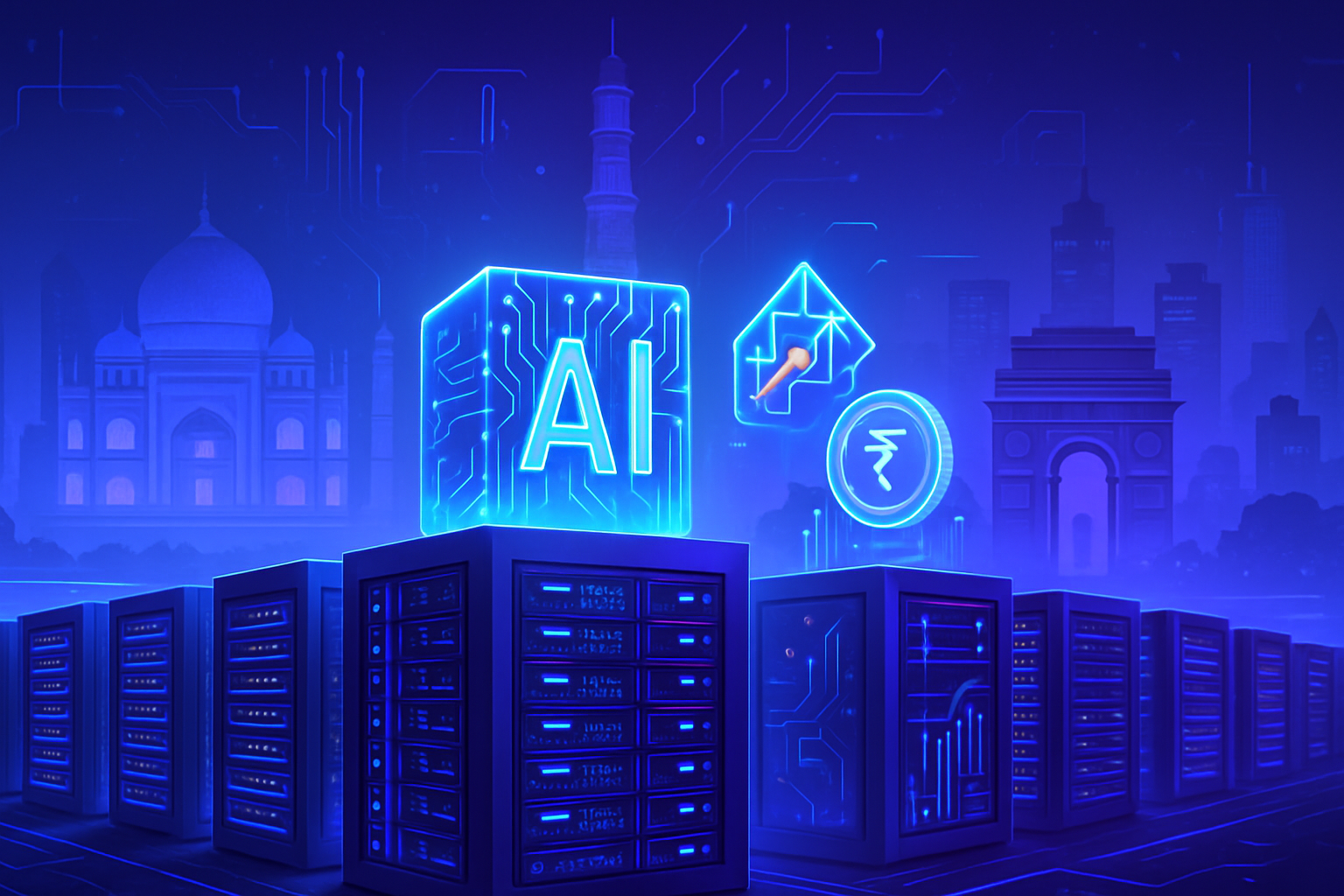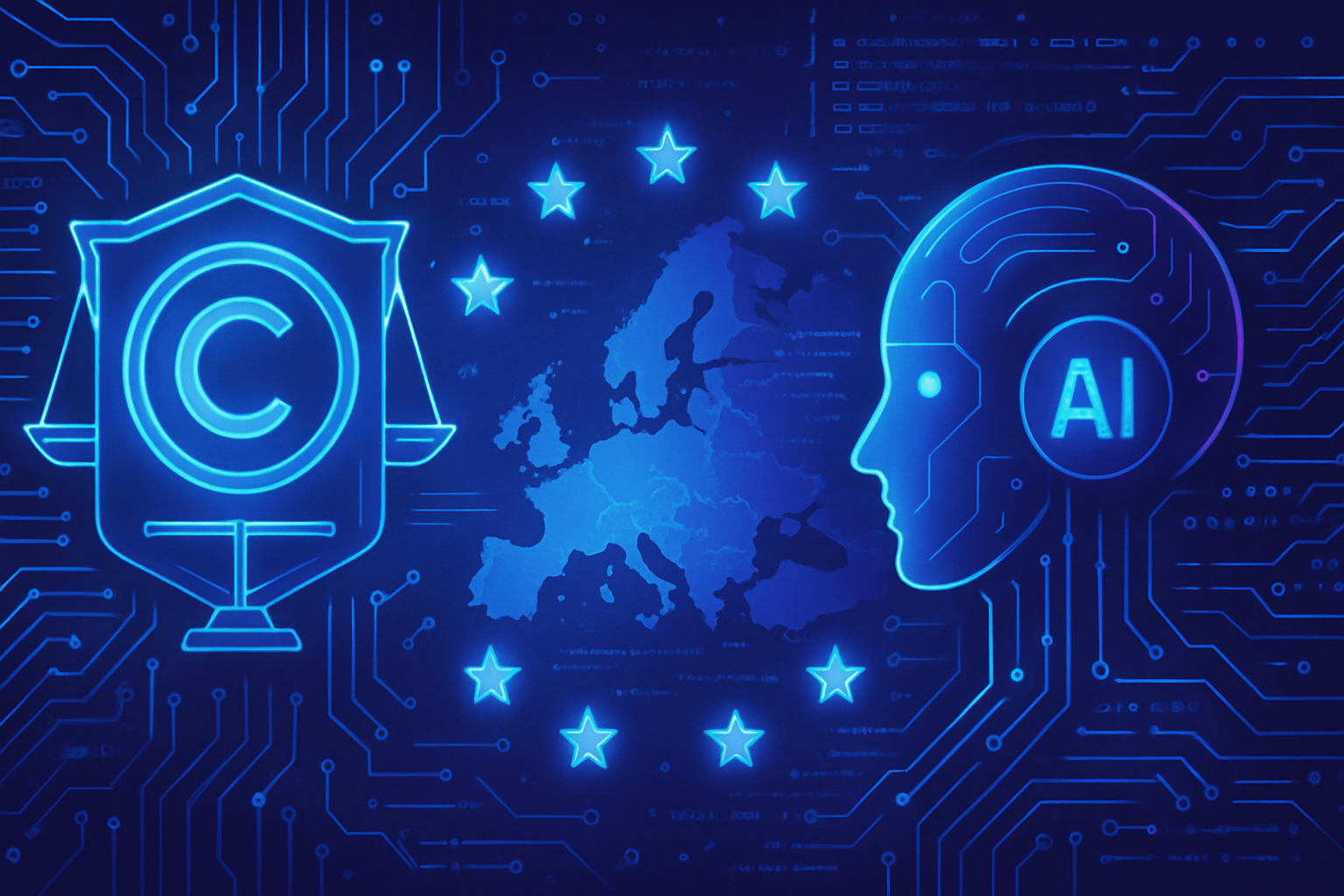A constantly evolving technological landscape shapes artificial intelligence. The sector* is experiencing a frantic rise* with giants like Google, Microsoft, and Adobe standing out. Their ability to master generative AI has redefined the *contemporary* standards of innovation and skill. The stakes focus on optimizing processes, disseminating multimedia content, and transforming business practices. Who dominates this avant-garde field in 2023? Innovative players are emerging brilliantly. The interaction between *AI and visual aesthetics* reshapes information flows. The emergence of *revolutionary* solutions underscores the urgency of a clear and bold vision for the future.
The major players in artificial intelligence
In the current landscape of artificial intelligence, several companies stand out for their innovations and contributions. Google, Microsoft, and Adobe are among the recognized leaders. Each of these companies has integrated generative AI into its applications, thereby demonstrating the power of this technology. Google, with tools like BERT and translation systems, illustrates the capability of AI to transform complex processes.
Accelerated business development
Since the launch of ChatGPT at the end of 2022, the rise of generative AI has significantly changed how companies approach this technology. Multinational companies now compete to integrate these tools into their business strategies and operations. Advances in natural language processing and deep learning have enabled notable improvements in human-machine interaction.
Influential figures in the sector
Iconic figures in artificial intelligence, such as Sam Altman, CEO of OpenAI, and Fei-Fei Li from Stanford University, shape the debates around this technology. At the summit in Paris, these experts shared their visions on future applications and the ethical challenges associated with AI. Sam Altman emphasized the importance of regulation in the development of AI to ensure responsible use.
Impact on diverse sectors
The impacts of AI are manifesting in many sectors, including health, finance, and transportation. In healthcare, AI algorithms detect diseases with unmatched accuracy, enabling early diagnosis. In the financial sector, AI systems analyze massive data to identify trends and predict market fluctuations. This phenomenon is driving a rapid transformation of business models.
The challenges and ethical concerns
Despite the advancements, ethical concerns persist. The Paris summit highlighted these issues, particularly the transparency of algorithms and the risk of bias. Many leaders in the sector have called for a robust ethical framework to regulate the use of artificial intelligence. Discussions around open-source and equitable access to these technologies have gained importance.
Investments and innovations
Investments in artificial intelligence are reaching new heights, with companies like Honor planning to invest $10 billion in this field. These funds aim to develop innovative solutions and strengthen companies’ positions in the global market. New startups are also emerging, consolidating the AI ecosystem.
Recent developments on the international stage
International transactions and collaborations in the AI sector are also expanding. Europe, while seeking to maintain its position, often finds itself competing with American and Chinese giants. The declaration of the initiative for responsible AI by French leaders aims to position itself at the forefront of ethical and sustainable development in this field.
In Paris, during the AI summit, crucial discussions took place about the importance of international regulation to better address the issues related to this technology.
Frequently Asked Questions
Who are the main players in generative AI in 2023?
The main players in generative AI in 2023 include companies like OpenAI, Google, Microsoft, and Adobe, all of which have developed innovative tools and technologies in this field.
How has generative AI evolved over the past year?
Over the past year, generative AI has seen significant advancements, particularly due to improvements in natural language processing and deep learning, allowing for better interaction between machines and users.
What sectors have been most impacted by generative AI this year?
The sectors most impacted by generative AI include content creation, advertising, entertainment, and medicine, where AI-powered tools facilitate research and innovation.
What are the current trends in AI related to visual and auditory content?
Recent trends show that AI is increasingly being used to generate images and videos, with tools capable of creating realistic visuals and synthesizing voices with a high degree of realism.
What challenges do companies face in integrating generative AI?
Companies face challenges such as regulation, data protection, and the need to train their staff to use these technologies effectively and ethically.
How do large companies measure the success of their initiatives in generative AI?
Large companies measure the success of their initiatives by defining specific performance indicators (KPIs) such as improved productivity, cost reduction, and customer satisfaction.
What are the impacts of generative AI on employment?
Generative AI is transforming the labor market by increasing the automation of certain tasks, leading to a redefinition of roles and skills required in various sectors, while creating new job opportunities.
Who are the leaders in innovation in the field of generative AI?
Innovation leaders such as Sam Altman from OpenAI and Satya Nadella from Microsoft are often cited as key figures shaping the future of artificial intelligence through their vision and products.
Are there any undesirable side effects associated with generative AI?
Yes, generative AI can sometimes result in biases in the generated content, as well as authenticity issues and information manipulation, raising ethical and social concerns.
How can end-users benefit from generative AI in their daily lives?
End-users can benefit from generative AI through tools that facilitate digital creation, such as intelligent text editors, design applications, and virtual assistants that enhance user experience.






